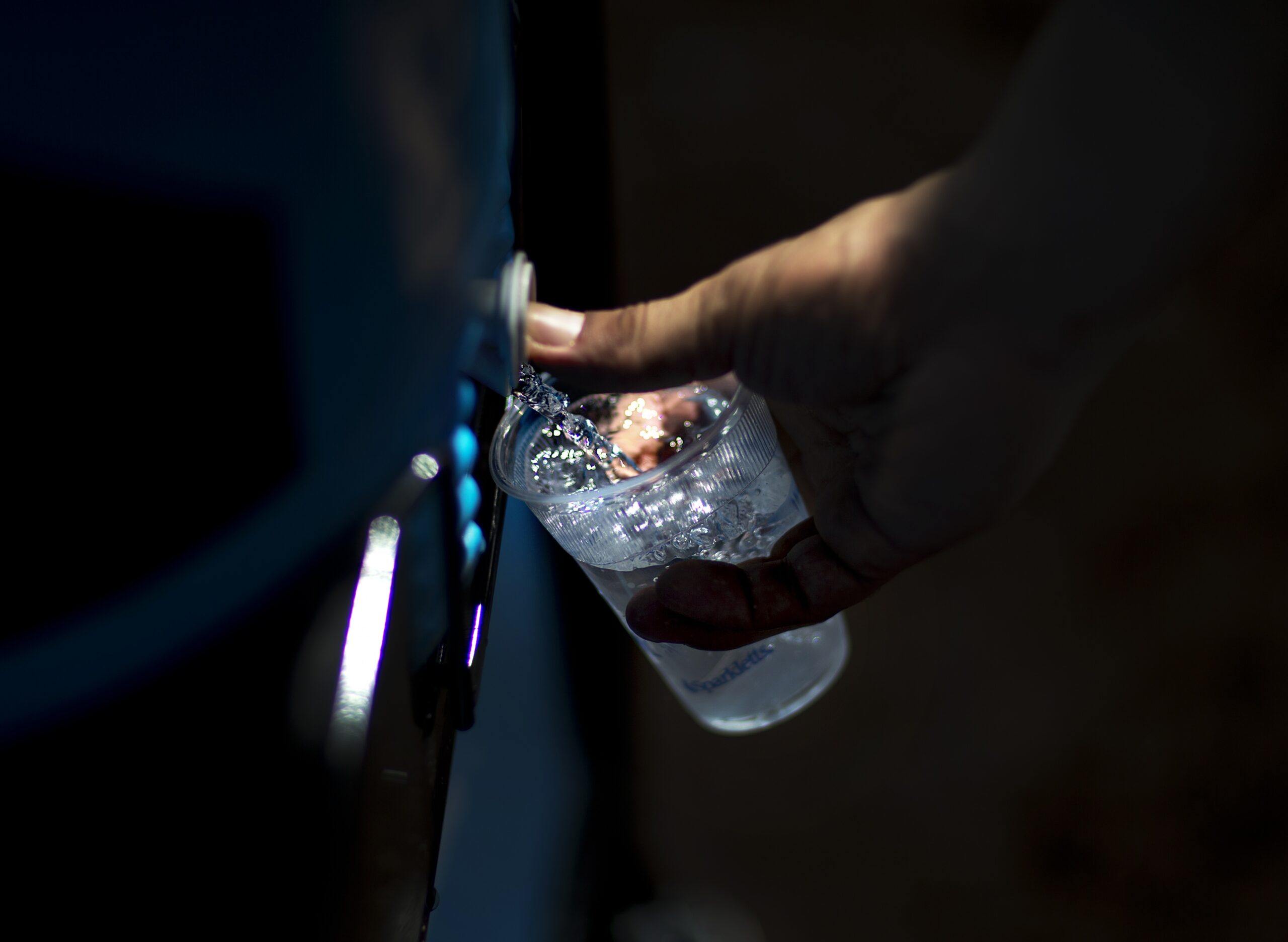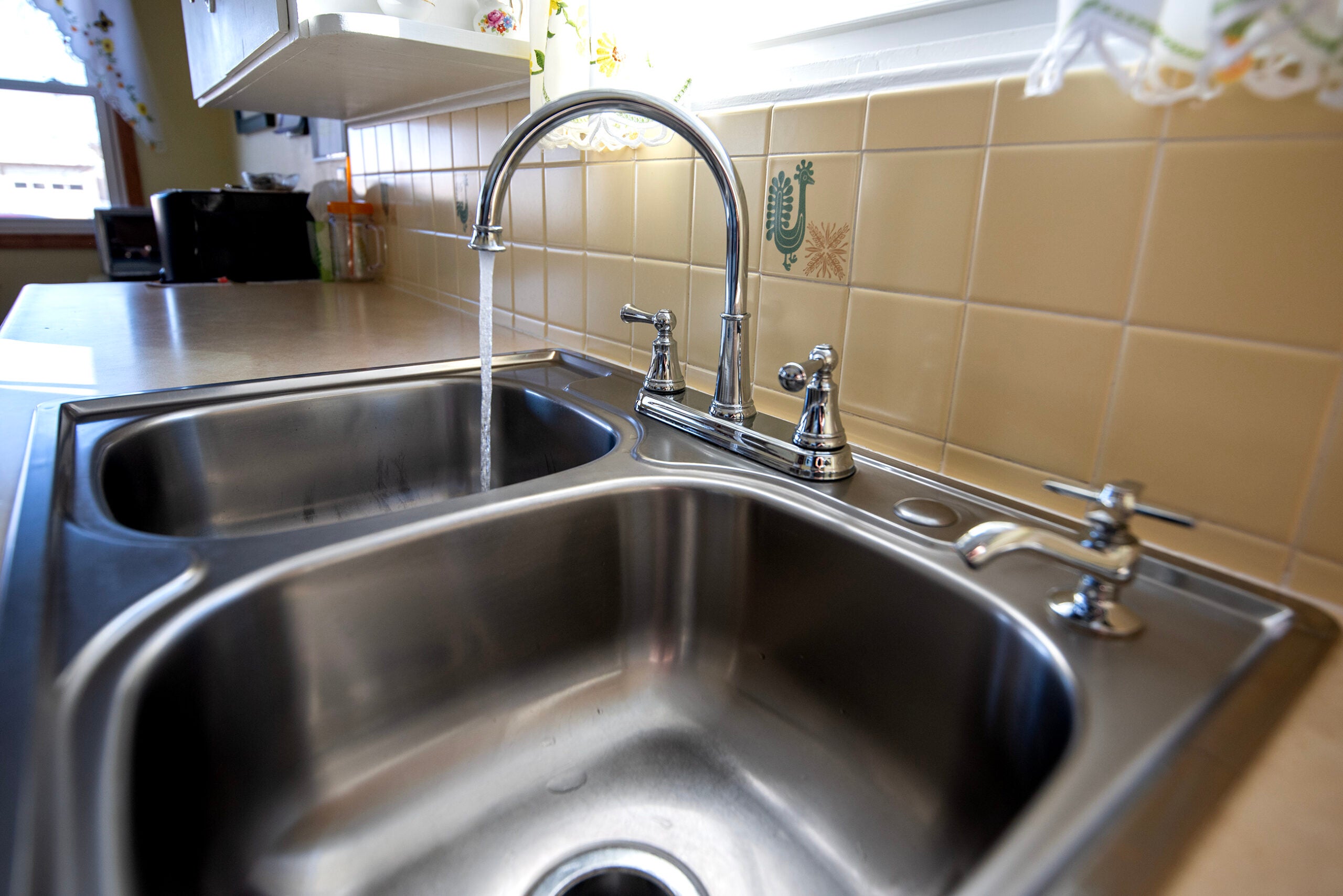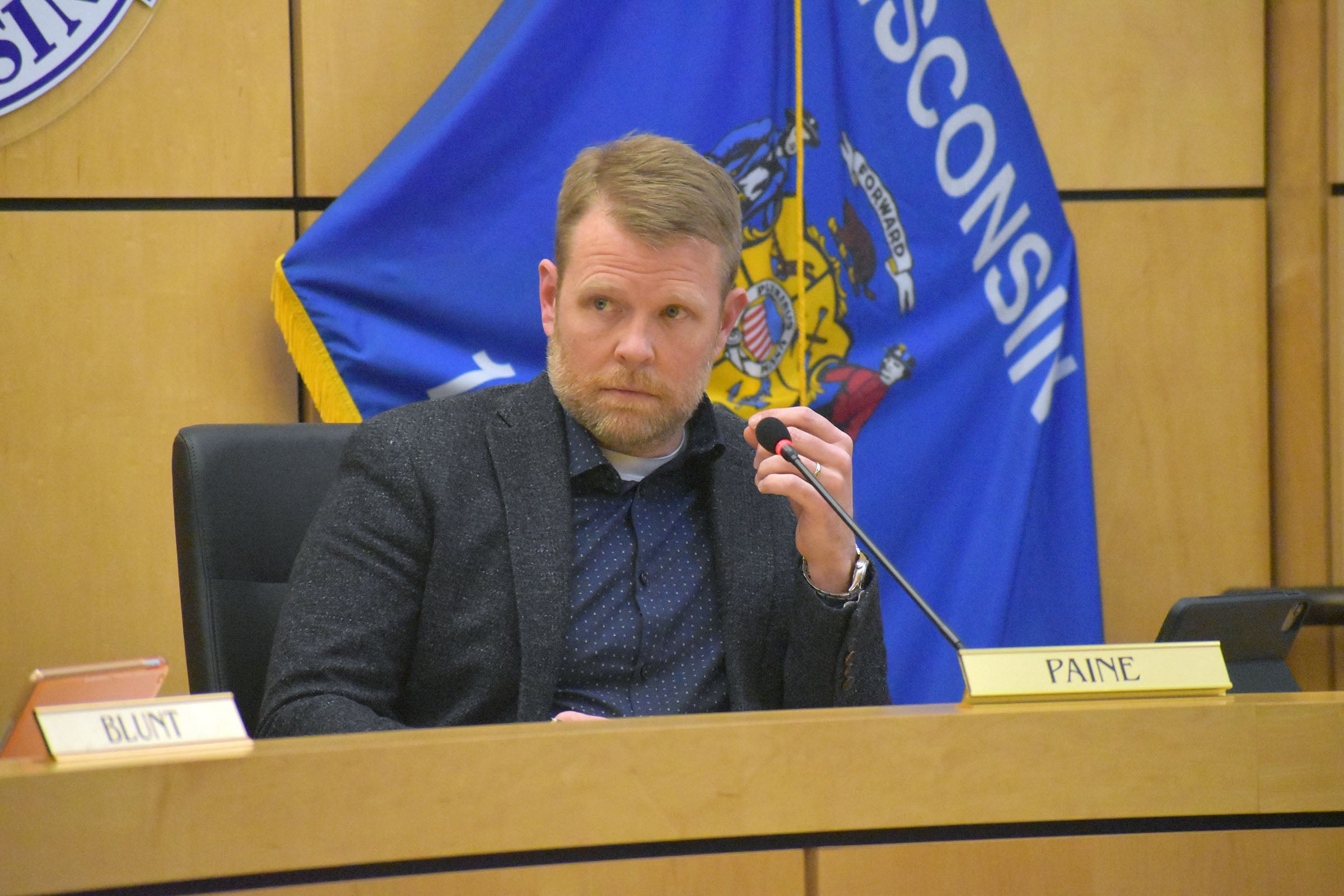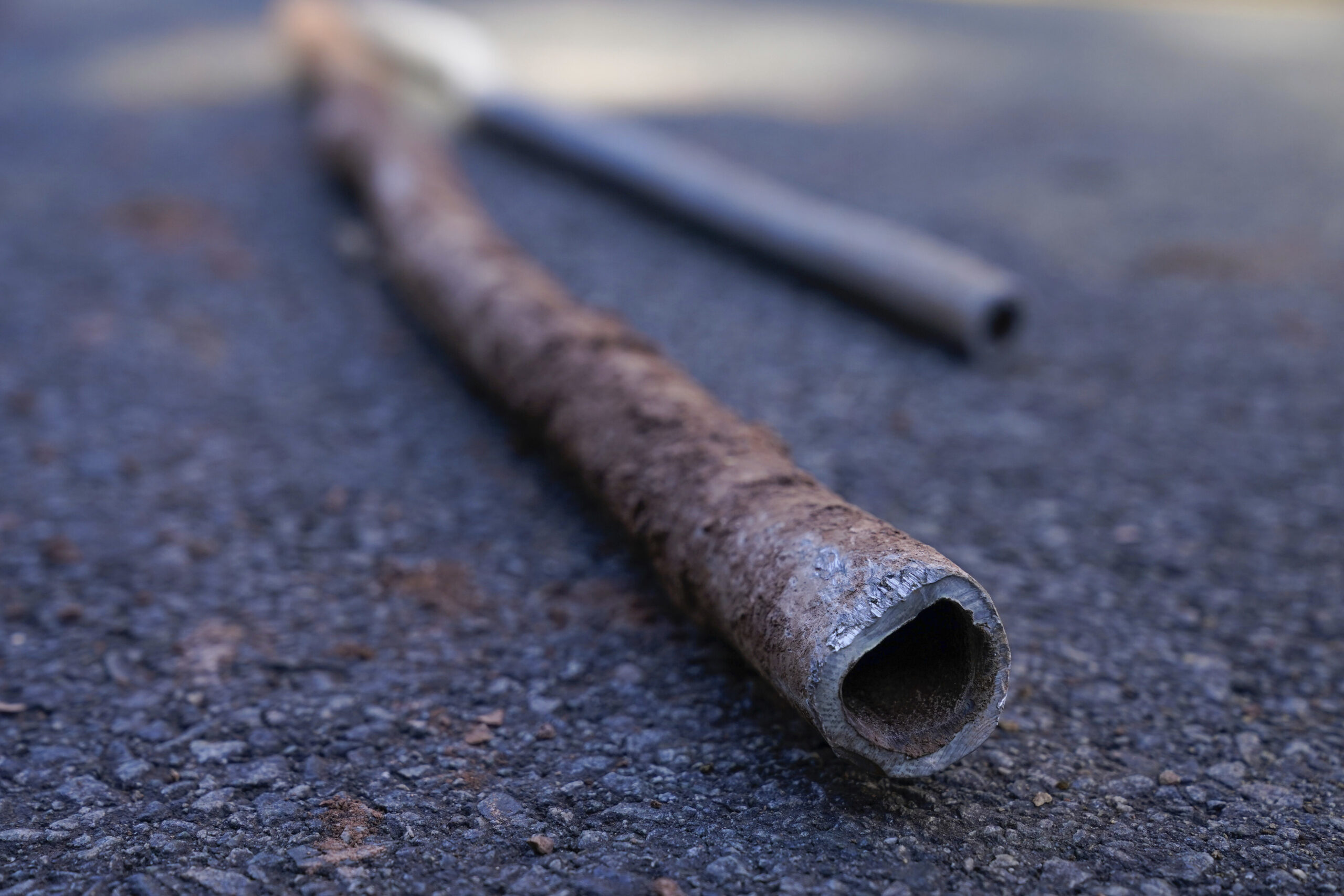A ranking of the Safe Drinking Water Act violations puts Wisconsin 12th worst in the United States by one measurement, according to a new study by the Natural Resources Defense Council.
The NRDC analyzed data the Wisconsin Department of Natural Resources supplied to the U.S. Environmental Protection Agency EPA in 2015 chronicling issues with drinking water.
The study released Tuesday by the environmental advocacy group lists nearly 1,400 violations of the federal Safe Drinking Water Act by public wells in Wisconsin, resulting in the state’s 12th worst ranking for the number of violations per the number of people using community wells. The study ranks states in several ways.
Stay informed on the latest news
Sign up for WPR’s email newsletter.
There were more than 80,000 reported violations of the Safe Drinking Water Act nationally, according to the study.
Across the U.S. the federal government needs to put more money into the public water supply infrastructure, said Erik Olson, director of NRDC’s health program.
“We’re living off of our great grandparents investments. A lot of these water systems are 100 years old or older and need to be updated,” Olson said. “The fix is to invest in two things: common sense enforcement of the law and the other is water infrastructure investments.”
In a request to comment from WPR, the DNR responded with a written statement, explaining it’s “robust system” to discover possible violations could be more thorough than other states, resulting in a higher number of violations reported to the EPA.
Wells with violations are turned off and do not supply water to the public while the problem or problems are being fixed quickly, according to the DNR.
“It appears this report is based on (a) number of violations reported to (the) EPA. Wisconsin DNR reports all public notice and monitoring/reporting violations to (the) U.S. EPA as required, in addition to health-based violations.
Our robust system to discover violations early is likely more comprehensive than other states, meaning violation numbers may seem high when looking just at EPA data, which some broadly interpret as a widespread problem, but in fact our system enables us to identify more problems quicker and allows us to assist systems in getting them resolved quicker, which in turn gets clean, safe water back on line for the public quicker.
Community water systems often are able to take violating wells off line while problems are being corrected. It’s still reported to (the) EPA as a violation, but the community system is still serving the public with clean, safe water from its other sources. The sooner we can identify and have systems make corrections, the sooner the public can have access to clean, safe drinking water.”
According to the NRDC, it’s concerned the proposed federal budget would reduce EPA enforcement of drinking water programs and increase competition in rural areas for water treatment plant funding.
The EPA has received 43 letters of interest from prospective borrowers for projects to update the nation’s water infrastructure, according to the EPA on Tuesday. A federal program will provide $1 billion in credit to finance $2 billion in work.
Wisconsin Public Radio, © Copyright 2025, Board of Regents of the University of Wisconsin System and Wisconsin Educational Communications Board.





